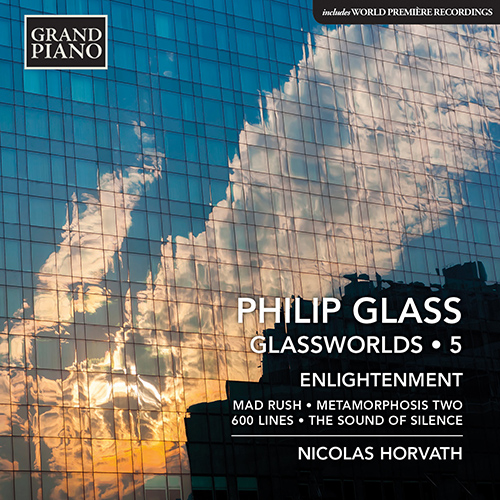
About this Release
GLASS, PHILIP (b. 1937)
Glassworlds • 5
Enlightenment: Mad Rush • Metamorphosis II • 600 Lines • The Sound of Silence
- Nicolas Horvath, piano
The works in this programme demonstrate Philip Glass’s perpetual goal of connecting with his audience. Taking shape as something like a hidden sonata form, Mad Rush contrasts peaceful atmosphere with tempestuousness and mesmerizing beauty. The last of its kind in Glass’s oeuvre, 600 Lines, here receiving its première recording on solo piano, is an obsessive and hypnotically restless toccata that represents the zenith of his experiences while working with Ravi Shankar. These two monumental works ate joined by première recordings of the subtly transformed Metamorphosis 2, and Glass’s only transcription in the form of Paul Simon’s The Sound of Silence.
This recording was made on modern instruments:
Fazioli Grand Piano 2780649: (Tracks 1–3)
Steinway Model D 499495: (Track 4)
Tracklist
|
1
Mad Rush (1979) (00:21:48)
|
|
2
Metamorphosis II (revised version) (1988) * (00:07:08)
|
|
3
600 Lines (1967) (00:40:37)
|
|
4
The Sound of Silence (arr. P. Glass for piano) (2007) * (00:03:24)
|
The Artist(s)
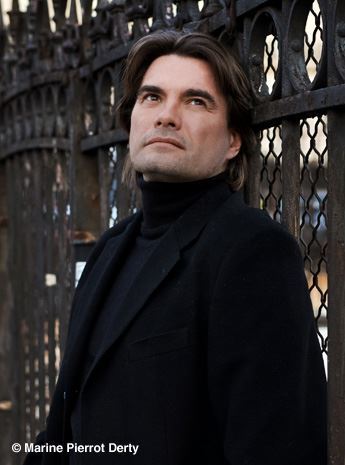 Nicolas Horvath began his music studies at Monaco’s Académie de Musique et de Théâtre Prince Rainier III and soon began to make an impression on a number of artists who would become his mentors. Aged 16 he caught the attention of the American conductor Lawrence Foster before coming to the notice of several distinguished international pianists, including Liszt specialist Leslie Howard. He is the recipient of numerous awards, including First Prize at both the Scriabin and the Luigi Nono International Competitions. He has become noted for hosting concerts of unusual length, sometimes lasting over twelve hours, such as the overnight performance of the complete piano music of Erik Satie at the Paris Philharmonie before a cumulative audience of 14,000 people. In 2019 he performed alongside Philip Glass at the same venue in a programme devoted to the American composer’s piano music. Horvath’s extensive and varied discography on Grand Piano includes the highly acclaimed Philip Glass solo piano music edition, Glassworlds; the complete piano works of Erik Satie; piano sonatas by the Estonian composer Jaan Rääts and music by the American experimental composer Alvin Lucier; Carl Czerny’s 30 Études; and lesser-known piano music by Claude Debussey, Anne-Louise Brillion de Jouy and Hélène de Montgeroult. Nicolas is a Steinway Artist.
Nicolas Horvath began his music studies at Monaco’s Académie de Musique et de Théâtre Prince Rainier III and soon began to make an impression on a number of artists who would become his mentors. Aged 16 he caught the attention of the American conductor Lawrence Foster before coming to the notice of several distinguished international pianists, including Liszt specialist Leslie Howard. He is the recipient of numerous awards, including First Prize at both the Scriabin and the Luigi Nono International Competitions. He has become noted for hosting concerts of unusual length, sometimes lasting over twelve hours, such as the overnight performance of the complete piano music of Erik Satie at the Paris Philharmonie before a cumulative audience of 14,000 people. In 2019 he performed alongside Philip Glass at the same venue in a programme devoted to the American composer’s piano music. Horvath’s extensive and varied discography on Grand Piano includes the highly acclaimed Philip Glass solo piano music edition, Glassworlds; the complete piano works of Erik Satie; piano sonatas by the Estonian composer Jaan Rääts and music by the American experimental composer Alvin Lucier; Carl Czerny’s 30 Études; and lesser-known piano music by Claude Debussey, Anne-Louise Brillion de Jouy and Hélène de Montgeroult. Nicolas is a Steinway Artist. The Composer(s)
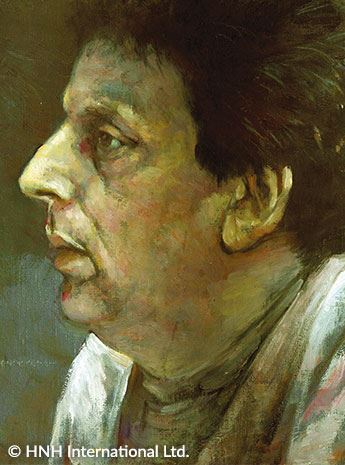 Piano is Philip Glass’ primary instrument (he also studied violin and flute); he composes at the keyboard. With its seemingly contradictory elements of lyricism and percussiveness, it is in some ways the ideal medium for Glass’ musical language. With its deep roots in tradition (spanning the Classical, Romantic and Modern eras), the instrument embodies the composer’s desire to merge new ideas with classic forms. It is perhaps via piano (and, by extension, keyboard) that performers and listeners can make the most direct and personal contact with Glass’ musical genius.
Piano is Philip Glass’ primary instrument (he also studied violin and flute); he composes at the keyboard. With its seemingly contradictory elements of lyricism and percussiveness, it is in some ways the ideal medium for Glass’ musical language. With its deep roots in tradition (spanning the Classical, Romantic and Modern eras), the instrument embodies the composer’s desire to merge new ideas with classic forms. It is perhaps via piano (and, by extension, keyboard) that performers and listeners can make the most direct and personal contact with Glass’ musical genius. Reviews
“Mr Horvath continues this fascinating survey of Glass’s piano music with performances that satisfy me completely.” – American Record Guide

“There is a purity that is astonishing and Horvath’s concentration does it full justice.” – International Piano
“Nicolas Horvath plays this music wonderfully well: warm and expressive or cold and mechanical as required. His notes are again excellent, and the Fazoli piano sounds glorious. If you appreciate all of Glass’s styles, then this will provide great satisfaction.” – MusicWeb International
“…Horvath plays this music with considerable attention to the dynamic level of every note, …Thus, it does not take long for the attentive listener to realize that, while the structures of the marks on the score page may be repetitive, the performance itself has a rhetorical shape of its own that enhances the surface structure of repetition with the deep structure of something more like a journey.” – The Rehearsal Studio
“The piano of Glass in technicolor: certainly unusual for fans of Glass but certainly absolutely convincing.” – ResMusica.com
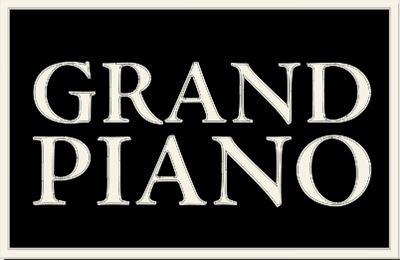
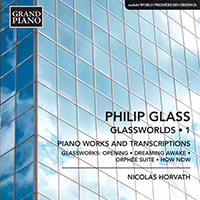
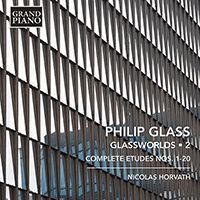

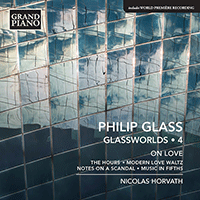
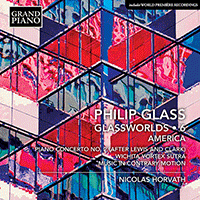

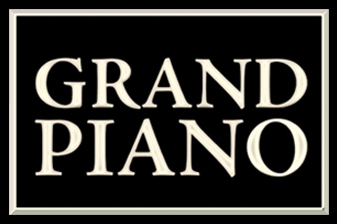 Grand Piano has gained a reputation for producing high quality recordings of rare keyboard gems. Dedicated to the exploration of undiscovered piano repertoire, the label specialises in complete cycles of piano works by many lesser-known composers, whose output might otherwise have remained unknown and unrecorded.
Grand Piano has gained a reputation for producing high quality recordings of rare keyboard gems. Dedicated to the exploration of undiscovered piano repertoire, the label specialises in complete cycles of piano works by many lesser-known composers, whose output might otherwise have remained unknown and unrecorded.






